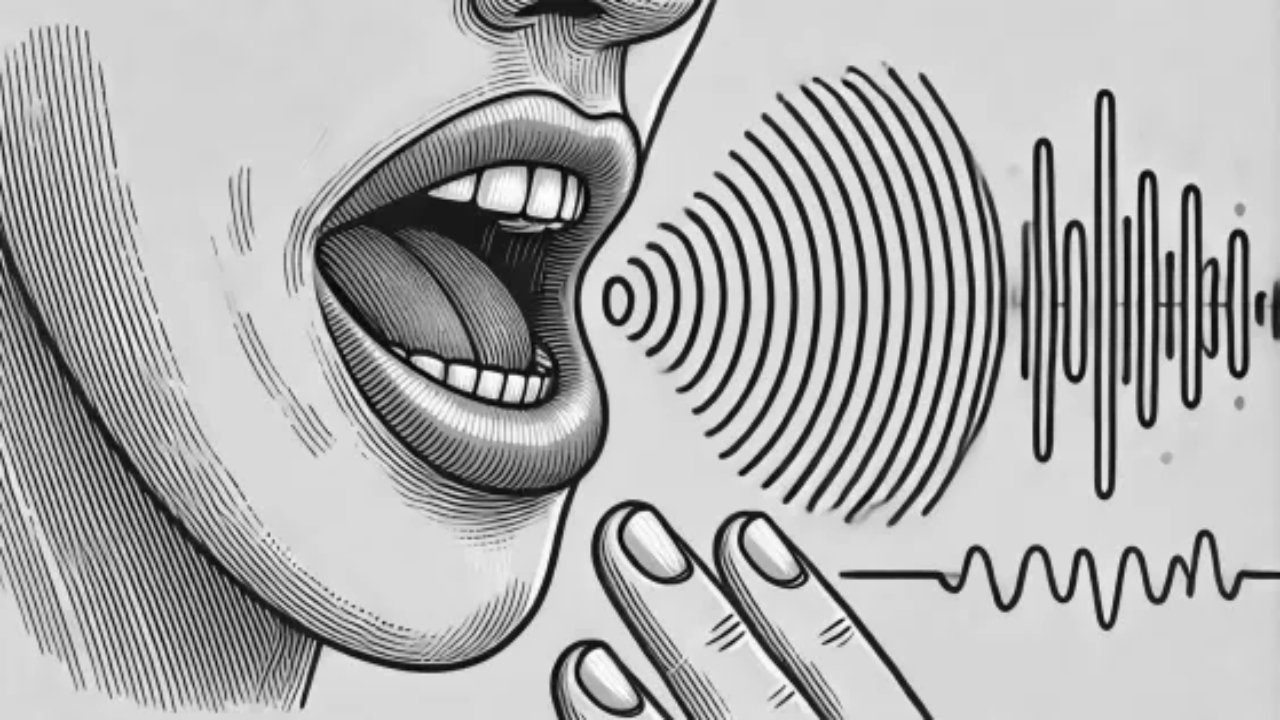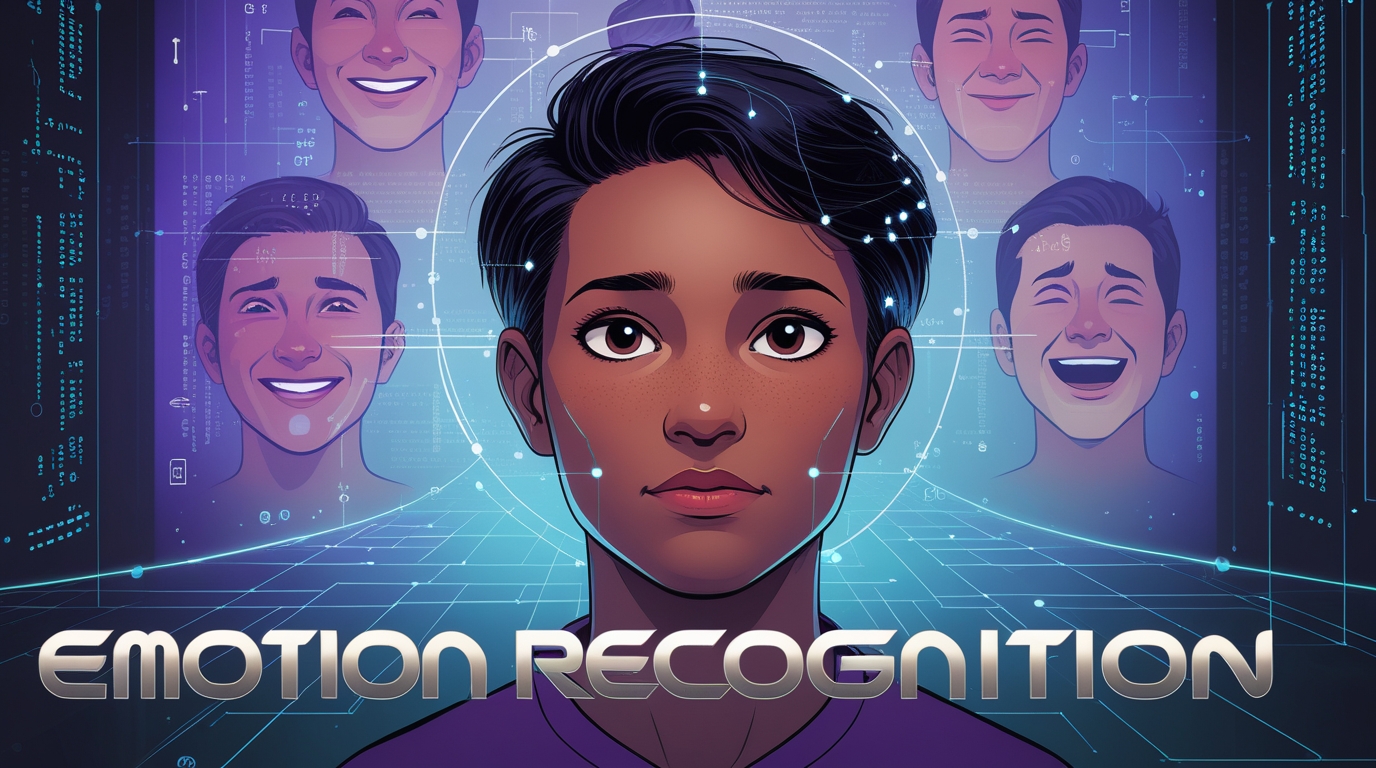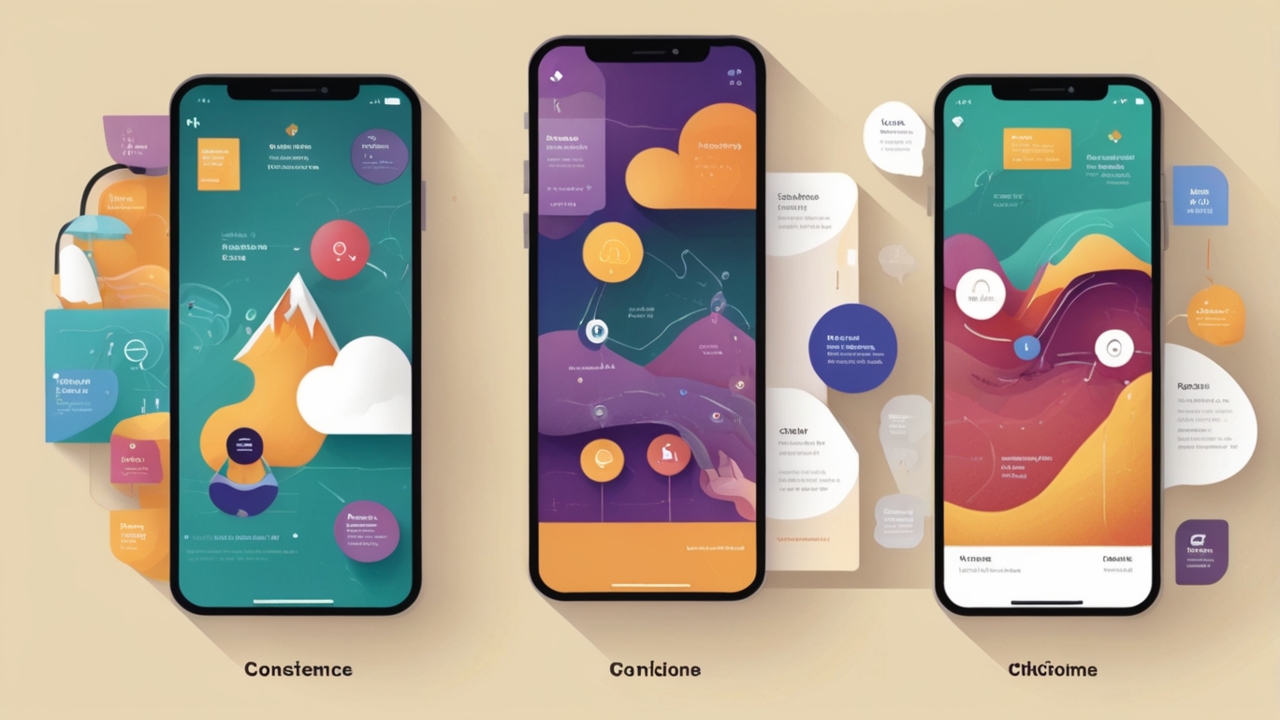Mayumiotero – AI Voice-to-Sketch in rapid prototyping is the art of turning spoken ideas into instant visual sketches or wireframes. Instead of stopping to open design software, draw shapes, or align components, you simply speak: “Draw a smart sensor with a round face, side button at two o’clock, and perforated strap. Show three strap sizes and an exploded battery view.” Within seconds, the system listens, interprets, and delivers a sketch that feels like a designer’s first draft.
This unlocks creativity in places where hands are busy—on lab benches, during workshops, or even on factory floors. It preserves the spontaneity normally captured on sticky notes or whiteboards and translates it into digital form. In simple terms, Voice-to-Sketch reduces the gap between imagination and visualization. Teams prototype faster, align earlier, and iterate more naturally with a shared artifact that everyone can see, critique, and refine in real time.
“Read more: Understanding the Role of Failure in Long-Term“
Why It Matters for Rapid Prototyping
Rapid prototyping lives and dies by speed and clarity. Voice-to-Sketch fuels both. In early product discovery, ideas are fragile, and timing is critical. A fleeting “what if” can vanish if not captured quickly. Voice-to-Sketch creates instant drafts so teams can critique visuals immediately rather than debating abstract descriptions.
Even better, the conversational interface removes barriers for non-designers. Stakeholders who might hesitate to sketch can now contribute freely. That wider participation surfaces diverse ideas and edge cases earlier, making products stronger. The results ripple across projects—fewer long meetings, less “interpretation debt,” and fewer costly reworks later. Stakeholders don’t just hear concepts; they see them, and they can shape direction on the spot with small nudges like: “Make the bezel thinner” or “Swap layout to vertical navigation.” Multiply those micro-adjustments, and you get projects that move from uncertainty to validation in record time.
How the Pipeline Works (End-to-End)
Behind the curtain, Voice-to-Sketch follows a structured pipeline. It begins with high-quality audio capture and automatic speech recognition (ASR) fine-tuned for design vocabulary—terms like fillet, kerf, bezel, or rib. Once transcribed, the text moves into a semantic parser, often powered by large language models trained with domain schemas. This step extracts entities, attributes, relationships, and constraints, creating a scene graph that acts like a blueprint.
The scene graph then drives a sketch engine that renders shapes—lines, arcs, and splines—into coherent sketches or wireframes. What makes it powerful is the feedback loop. You can refine without starting over: “Narrow the margin to eight millimeters. Mirror the left cutout on the right.” The system updates incrementally, saving history as if it were version-controlled code. Teams can branch, fork, and compare designs effortlessly. Unlike a one-shot generator, Voice-to-Sketch behaves like a conversational CAD partner that builds intent step by step.
Voice UX: Prompts, Patterns, and Pitfalls
Voice-to-Sketch thrives when the dialogue is structured but flexible. A reliable pattern is: purpose → constraints → hierarchy → exceptions. For example: “Purpose: wearable temp sensor enclosure. Constraints: max diameter 40 mm, thickness 9 mm, IP54. Hierarchy: crown on right, display centered, strap flush-fit. Exception: vents only on the underside.”
The assistant can confirm uncertain points—“Do you mean crown at two or three o’clock?”—and propose defaults when details are missing. Designers can also lean on macros like “Apply pocketable layout” or “Switch to wireframe mode.” The main pitfalls appear when prompts are overloaded with vague terms or hidden assumptions. To avoid frustration, the system should summarize its interpretation before sketching: “Sketching three variants at 36/40/44 mm. Correct?” This conversational loop keeps results close to intent without endless trial and error.
Model & Tooling Choices
The model stack balances accuracy, speed, and privacy. ASR models tailored to design jargon reduce errors with niche terms. Semantic parsing benefits from large language models paired with structured grammar rules, ensuring reliable scene graphs while keeping hallucinations at bay. A vector database of reusable components—buttons, slots, bezels—lets the system map plain English to real parts.
For rendering, two paths dominate. Vector-first engines produce editable formats like SVG or DXF, while raster-first engines favor quick illustrative output before vectorizing. Integration is key: outputs often flow into Figma for UI work or CAD systems for physical designs. Exporters must preserve constraints like dimensions and alignments, not just shapes. Observability also matters. Logs of prompts, parses, and renders help debug odd outputs, improve prompt tuning, and track system reliability over time.
Design Constraints & Prompt Engineering
Constraints make sketches useful, not random. Teams should phrase them in ranges: “Between 38 and 42 mm,” or “Radius no less than 1.2 mm.” The parser standardizes units and catches contradictions. For example: “You asked for 9 mm thickness with a 6 mm battery. That leaves 1 mm for casing and seals. Continue?”
Prompt engineering can also encode templates like “device enclosure” or “checkout flow” with built-in heuristics. For UI wireframes, you could dictate grid layouts: “12 columns, 24 px gutters, 96 px margins.” Over time, these templates evolve into brand-specific styles. The assistant learns them and applies consistency across every sketch, even as ideas move fast.
Quality, Evaluation, and Usability Metrics
You can’t improve what you don’t measure. At the sketch level, check fidelity, constraint accuracy, and whether outputs can move downstream. At the team level, track time-to-first-visual, alignment cycles, and the number of alternatives explored.
A/B testing is powerful here. Compare voice-driven outputs against manual baselines and see which is faster and more accurate. Usability tests can reveal if non-designers feel empowered and if designers feel accelerated rather than slowed.
Qualitative signals matter too: fewer misunderstandings in meetings, richer trade-off discussions, and earlier detection of issues. Put it all in a dashboard, and leaders can watch the tool evolve from experiment to essential workflow.
Implementation Stack
A pragmatic stack starts with microphone capture via the browser or a mobile app, with noise suppression and wake words to keep interactions smooth. Stream audio to an ASR service that returns partial transcripts for responsive feedback—“Got it: circular face… perforated strap…”—so users know they’re being heard. Run the transcript through an LLM hosted where your data policy allows—cloud for convenience, on-prem or edge for sensitive IP.
Store parsed scene graphs and rendered outputs in a versioned repo, ideally with human-readable diffs. For rendering, use a vector-capable engine that supports constraints, layers, and snapping; output SVG for 2D sketches and step into DXF/STEP integration when teams graduate to CAD. Add an orchestration layer—think queues plus functions—to manage long-running refinements and keep the UI responsive. Finally, wrap it all in observability: prompt logs, trace IDs, and heatmaps of voice commands that correlate with successful or failed outcomes.
Collaboration & Handoff
Voice-to-Sketch shines when it becomes the social center of early concepting. Picture a discovery workshop where the PM narrates user goals, the designer layers layout rules, and the engineer injects feasibility constraints—all captured by the system and reflected as evolving sketches on a shared canvas. As the conversation branches, the tool can fork variants—classic, compact, rugged—each with a labeled intent summary and a link to the decision thread.
When a direction stabilizes, export to Figma with auto-constructed components and style tokens, or to CAD with parameters intact for later DFM work. Developers can pull snapshots as reference MD files that embed the sketch and the voice transcript, so context survives handoff. Because the artifacts are conversational, revisiting intent months later is easy: you can see not just what was drawn, but why. That continuity reduces “design drift” and speeds onboarding for newcomers arriving midstream.
Privacy, IP, and Risk Management
Voice data is personal and ideas are proprietary, so privacy and IP guardrails aren’t optional. Capture only what’s needed, encrypt at rest and in transit, and offer on-device ASR for ultra-sensitive contexts. Give users a clear toggle between keeping transcripts for learning or discarding them after render. Maintain a data retention policy with automatic redaction of PII from logs. For third-party model use, ensure contracts cover IP ownership of outputs, indemnification, and model-training boundaries.
Provide a “local mode” that runs key steps within your VPC or on a secured workstation, and require project-level access controls so only the right people can hear, see, or regenerate sketches. Auditability matters: store versioned prompts, parses, and renders with timestamps and authorship, so compliance teams can reconstruct who said what and how the system interpreted it. With these controls, Voice-to-Sketch becomes enterprise-ready without sacrificing the spontaneity that makes it valuable.
Industry Use Cases
Hardware teams can draft enclosures, brackets, or heatsink concepts on the bench, narrating constraints while measuring parts. IoT designers can specify port cutouts, vent patterns, and gasket channels verbally, generating options that respect ingress ratings. In software, PMs and researchers can voice wireframes for onboarding flows, empty states, or data-dense dashboards, then ask the assistant to swap navigation paradigms or accessibility modes. Architects can rough out floor plans—“open kitchen, island centered, 900-mm walkway, glass wall to garden”—and immediately test two or three circulation concepts.
Even packaging designers benefit: “Sleeve box, friction fit, 2 mm board, zero-plastic insert.” In each case, the key is translating domain vocabulary into reusable components and constraints, so the assistant’s first drafts land close to useful. Because the medium is sketch, not photoreal, stakeholders focus on intent rather than polish, which keeps conversations about structure and purpose where they belong early on.
Limitations & Failure Modes
No tool is magic, and Voice-to-Sketch can stumble in predictable ways. Ambiguous language—“thin,” “big,” “sleek”—produces divergent results, so teams should train themselves to speak in ranges and relationships. Complex assemblies with interdependent constraints may require more back-and-forth than typing, especially if geometry is tightly coupled. LLMs can hallucinate or misinterpret rare terms, which is why design ontologies and constrained grammars help. Accents, noise, and cross-talk degrade transcription; push-to-talk modes and per-speaker labeling reduce confusion.
Finally, overreliance on the assistant can bias teams toward the easily generable, starving bolder concepts. Countermeasures include periodic silent sketching rounds, explicit “wild card” prompts, and human critique gates where designers judge not only accuracy but also novelty and narrative strength. By naming these failure modes and designing rituals around them, teams preserve creativity while still harvesting the speed benefits that make Voice-to-Sketch compelling.
30-60-90 Day Rollout Plan
In the first 30 days, run a narrow pilot with two squads and a clear success metric like “time-to-first-visual under five minutes.” Build a seed ontology of 50–100 components and constraints relevant to your domain, and create prompt templates for your most common scenarios. In days 31–60, widen to a cross-functional workshop cadence, collecting transcripts and outcomes to refine parsing rules and house styles. Add exporters to your real tools—Figma libraries, CAD parameters—and introduce governance: retention policies, redaction defaults, and audit logs.
In days 61–90, scale up: train champions, publish a style and prompt guide, and integrate Voice-to-Sketch into your sprint rituals (kickoff, critique, review). Throughout, maintain an adoption dashboard that shows usage, satisfaction, and measurable deltas on speed and alignment. By the end of 90 days, the capability should feel routine, not novel, woven into how your organization reasons through product decisions.
KPIs, ROI, and Business Impact
The business case for Voice-to-Sketch centers on compressing cycles and broadening participation. Track leading indicators like reduced time-to-first-visual, fewer rework tickets tied to miscommunication, and higher count of explored alternatives per sprint. Follow through with lagging indicators: shortened time-to-spec lock, lower design-to-engineering friction, and improved usability scores on shipped features due to earlier, richer iteration. Monetarily, estimate the cost of meetings replaced or shortened and the opportunity value of quicker validation of the wrong paths.
Capture the knowledge dividend too: transcripts plus sketches form a living library of design decisions, discoverable and reusable across teams. Even in conservative estimates, organizations see Voice-to-Sketch pay back rapidly by cutting waste at the foggy front end of projects—the place where a little clarity saves lots of downstream expense.
What’s Next: Multimodal Co-Creation
The frontier is a studio where voice, sketch, photo, and code collaborate in real time. Imagine snapping a picture of a breadboard, asking the assistant to infer port spacing, then voicing, “Add a protective cap with a living hinge; mark it with a tapered deboss.” Or in software, paste a data schema and say, “Generate a dense table view and a storytelling dashboard; make both responsive; export tokens.” Soon, the assistant won’t just draw—it will reason about manufacturability, costs, and environmental impact, flagging when a design looks tough to assemble or suggests cheaper, greener alternatives.
As these systems learn from your corpus, your house style becomes a native language the assistant speaks fluently. Voice-to-Sketch then becomes Voice-to-Product: a steady glide path from intent to artifact, with fewer handoffs and less drift, so teams ship the right thing sooner—and enjoy the ride along the way.



